Wei Zhongping, a resident of a remote village in Guangxi Zhuang Autonomous Region wracked by rocky desertification known as Jihuan, escaped from poverty using a special grape cultivar and an integrated crop-livestock system introduced by Chinese Academy of Tropical Agricultural Sciences experts.
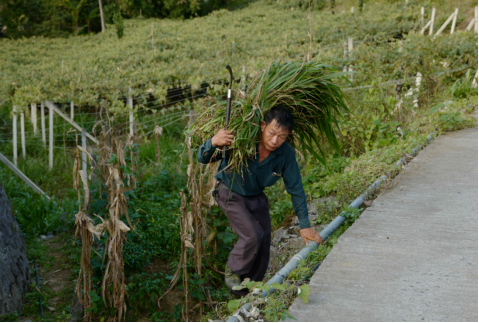
Wei Zhongping harvests grass that he uses to feed his cattle
Jihuan is a remote mountainous village located in south China under the administration of Siba Town, Luocheng Mulam Autonomous County, Hechi City, Guangxi Zhuang Autonomous Region. Featuring typical karst topography, its hills mostly feature a thin layer of soil over limestone bedrock, which becomes exposed when erosion occurs, leading to rocky desertification. Unlike many of his fellow Jihuan natives, Wei Zhongping chose not to work in a more-prosperous area and instead opted to stay in the village in order to take care of his elderly mother and two children and farm his 4 mu of land.
The smallholder grew corn, which is one of the main staple crops suited to the region, but the severe karst rocky desertification that afflicted the area inhibited its growth and resulted in his annual household income languishing below RMB2,000. He eventually heard that Luocheng had developed a cultivar of the Asian-endemic Vitis heyneana Roem. et Schult climbing grape vine with strong roots that have the ability to grow on stony land, prevent soil erosion, and withstand drought, making it ideal for ecological restoration in rocky and hilly areas, and devoted all of his savings to begin growing grapes on his land. Wei did not end up obtaining the desired cultivar, however, and did not utilise scientific cultivation techniques, which resulted in little income being realised after an entire year’s worth of effort.
Eager to rectify the situation, the anxious farmer contacted Wu Daidong, a grape expert working for the Green and Efficient Agricultural Science and Technology Innovation Alliance for Rocky Desertification Mountains in Tropical Zones, and Liu Guodao, an expert engaged in research related to the collection and innovative use of tropical forage germplasm resources through the Luocheng Fruit Production Administration. Under their guidance, Wu began growing the preferred cultivar, upgraded his cultivation and management techniques, and began growing forage grass beneath the grape trellises and raising cattle and chickens as part of an integrated crop-livestock system.
The expert team provided him with a guidebook covering cultivation techniques relevant to the robust grape cultivar that included detailed information about when to weed, water, and prune; sent Wei high-quality Pennisetum purpureum K. Schumach. × P. typhoideum Rich cv. Reyan no. 4 hybrid forage grass seed that they developed themselves; and taught him how to grow the grass and raise livestock and fowl.
In 2018, Wei achieved 750 to 1,000 kg of yields per mu of grapevines, or double what he attained less than two years prior, which resulted in net income of more than RMB1,500 per mu. He was also raising over 200 chickens and three head of cattle at this time, which enabled him to generate more than RMB20,000 of total annual income.
“Science has made my farmwork more efficient,” the farmer mentioned in 2023. “I can use some of the time I have freed up to do some temp work in the area. My family’s lifestyles have undergone significant changes as our annual income has gone from less than RMB2,000 in the past to RMB50,000 in 2022. I never thought that I would earn this much money from agriculture before. I plan to continue to devote myself to learning about more new techniques and approaches in the future.”
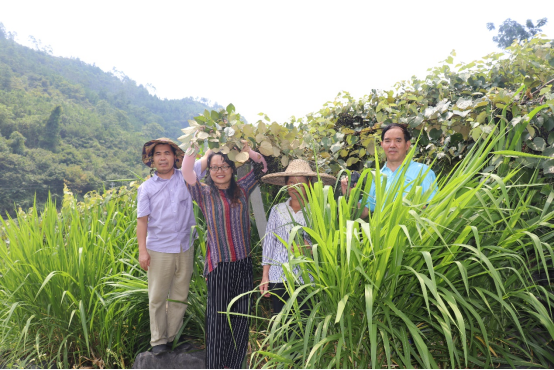
Jihuan residents pose by some of the forage grass and grapevines that Wei currently grows.
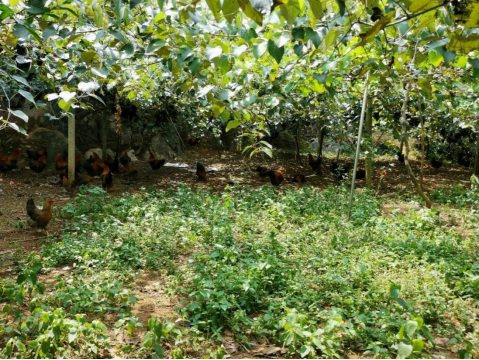
Chickens roost under Wei’s grape trellises. He has been raising the animals in conjunction with his grape farming operation.
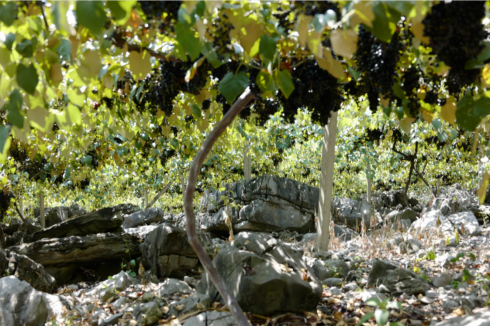
A view of Wei’s vineyard
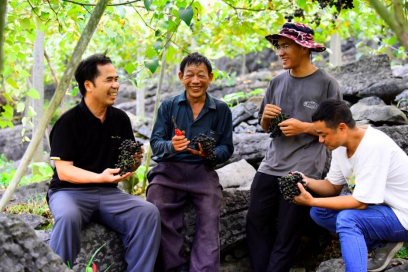
Wei (second from left) celebrates the joy of the harvest with agricultural specialists who have been helping him update his farming endeavours.
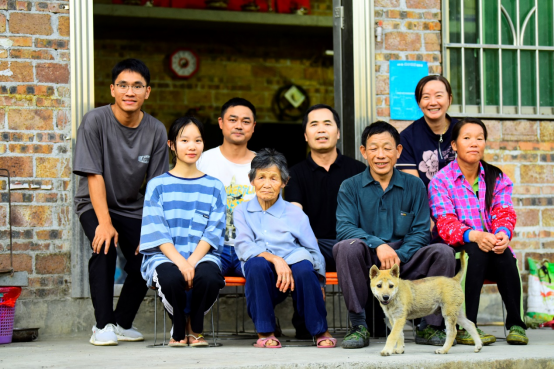
Wei (third from right) and his family (front row) pose for a photo with agricultural specialists who have been providing him with assistance (back row).
原文链接:http://www.wfpchinacoe.net/2023-06/14/content_87416742.shtml


